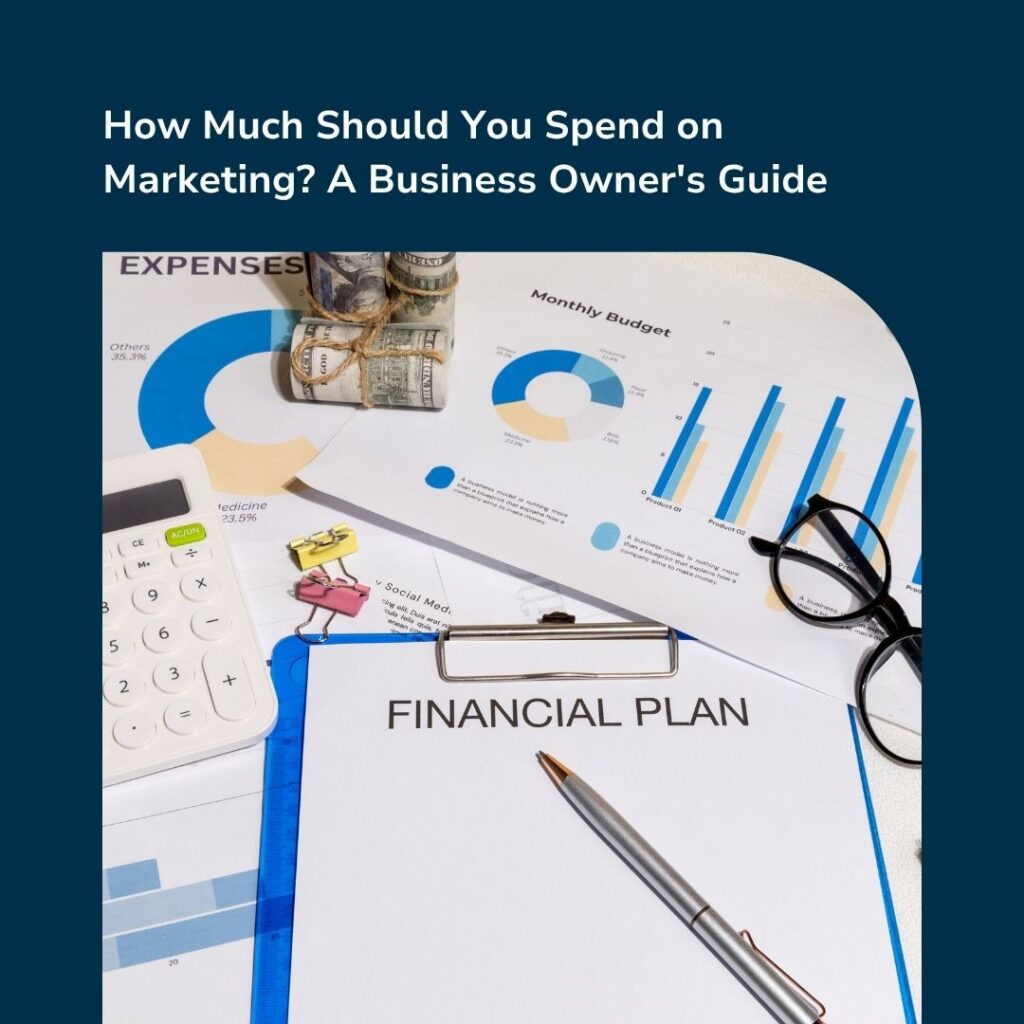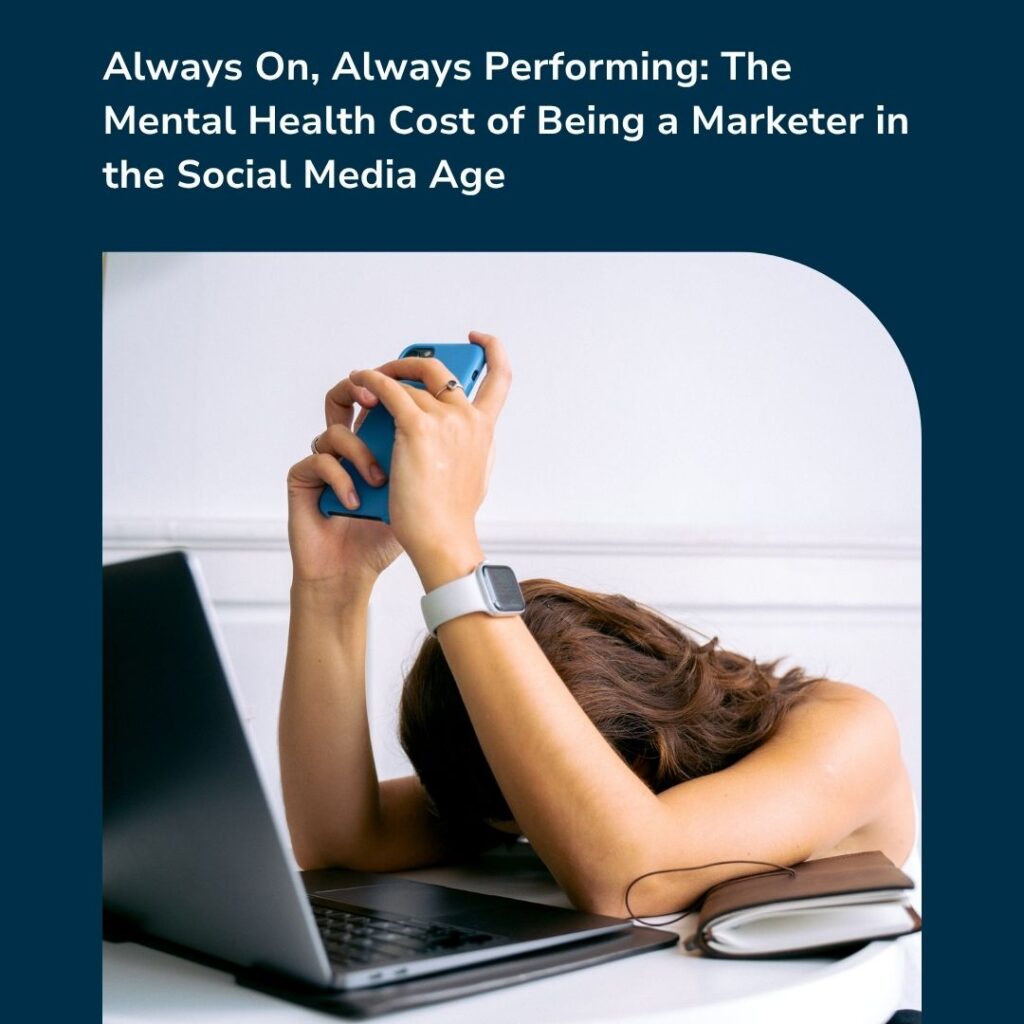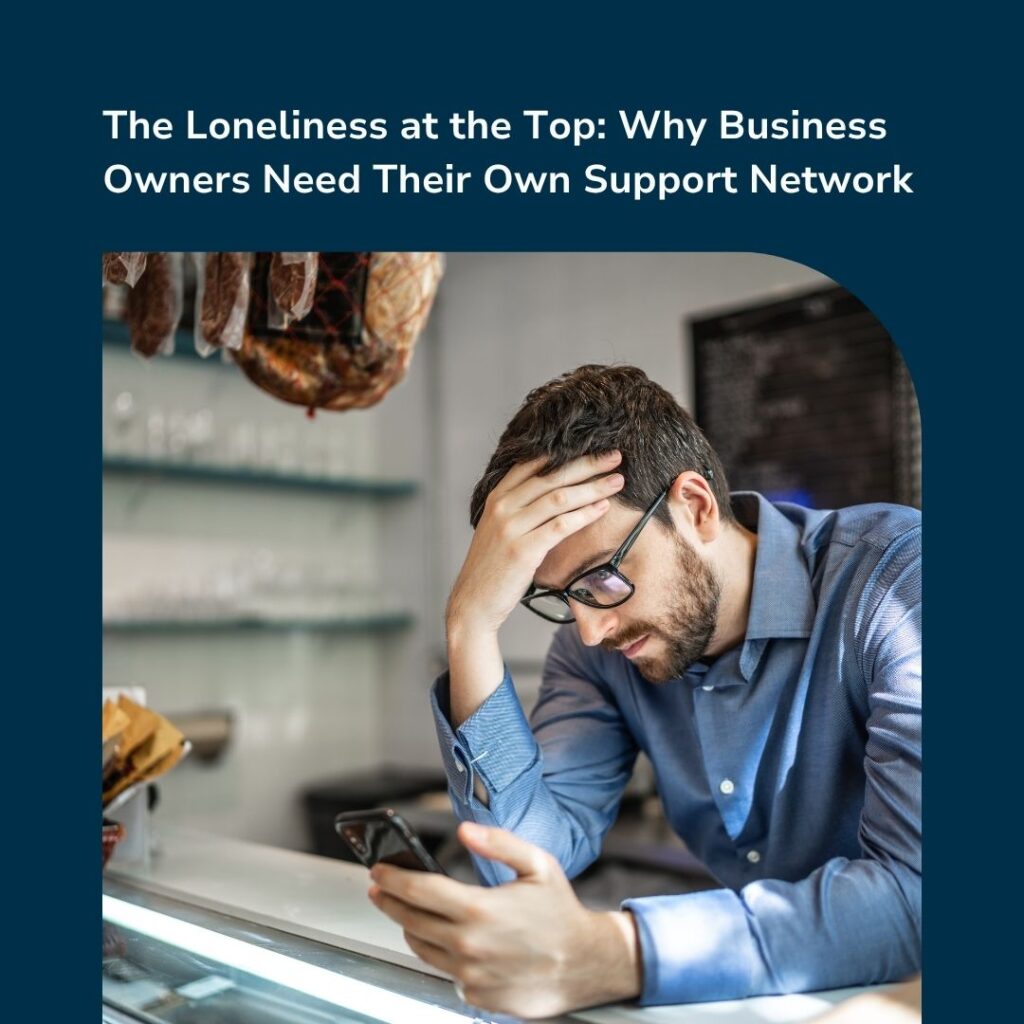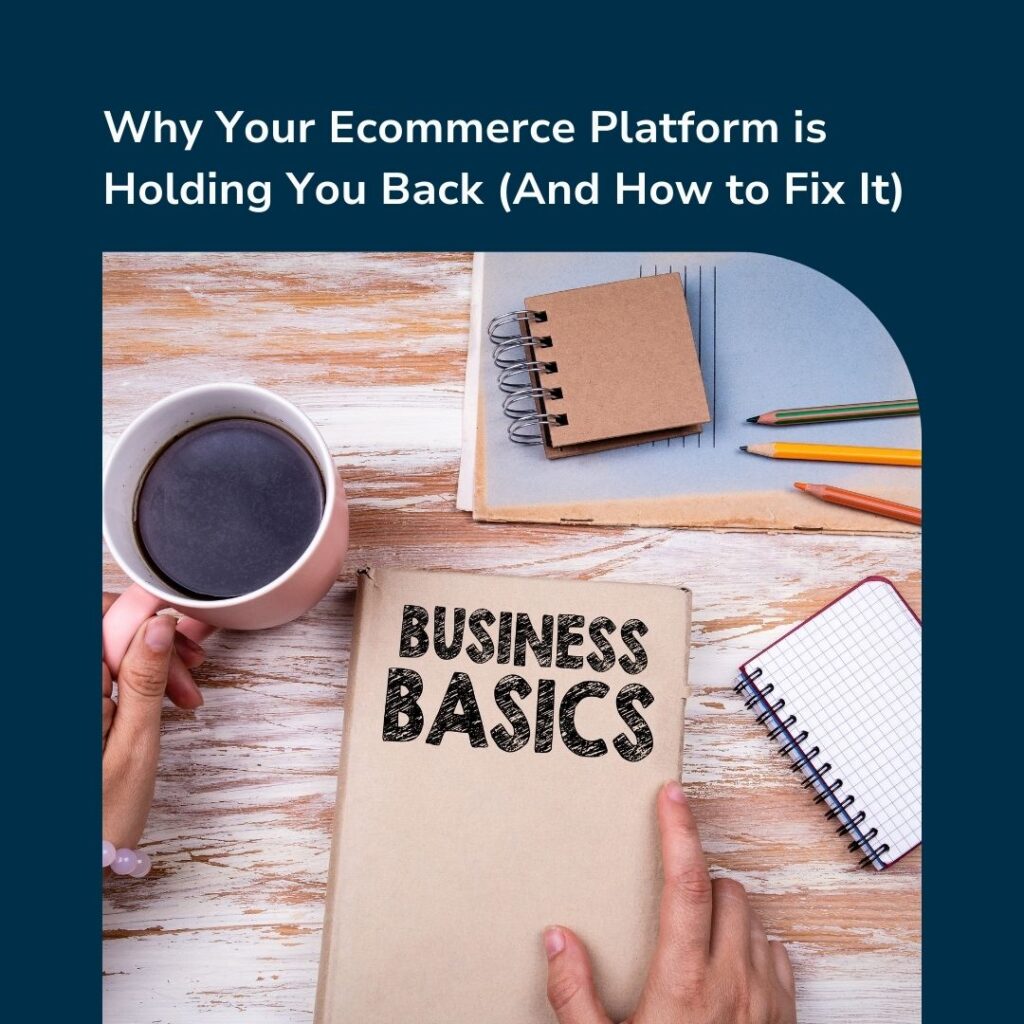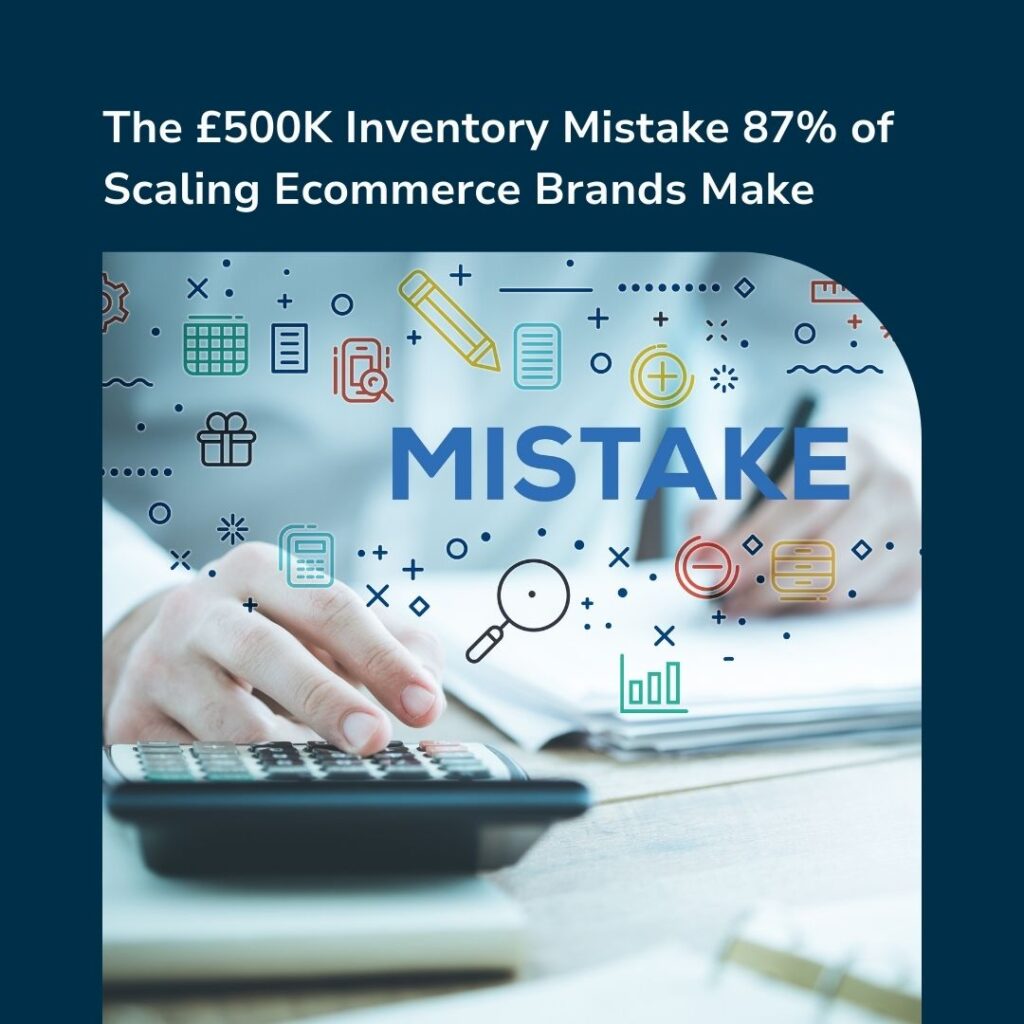In recent years, Artificial Intelligence (AI) has become the golden child of eCommerce.
Whether it’s predictive analytics, personalisation engines, automated customer service, or smart inventory management, AI promises to make business faster, leaner, and smarter.
But here’s the uncomfortable truth: most eCommerce brands are using AI wrong. Not because the tools are faulty or the technology is overhyped – but because many treat AI like a magic button. Buy the subscription, plug it in, and wait for miracles.
It’s the same mistake people make when they sign up for a gym membership in January and expect a six-pack by March. AI, like fitness, doesn’t reward presence – it rewards effort, form, consistency, and strategy.
The Illusion of Automation: “Set It and Forget It” Doesn’t Work
There’s a widely held belief that AI can run entire sections of a business without oversight. Install a chatbot, spin up a product recommendation engine, throw in some AI-generated ad copy – and sit back.
But that belief is as misleading as thinking buying a Peloton will make you fit without actually pedalling.
The AI tools you’re using – be it for ad targeting, sales forecasting, or email segmentation – are only as good as the inputs you feed them, the strategy that guides them, and the hands that adjust them over time.
Too often, eCommerce brands fall into one of two traps:
- They do too little: They rely on default settings, never reviewing AI-generated suggestions, assuming the system knows best.
- They do too much without a plan: They throw AI at every problem – copy, design, inventory, customer service – but lack cohesion or clear goals.
Like lifting weights with no technique, this doesn’t make you stronger. It just makes you tired.
AI Is the Equipment. Strategy Is the Workout Plan.
A gym doesn’t get you fit. The treadmill doesn’t burn fat unless you run. AI doesn’t grow your business unless it’s used deliberately.
That’s where many brands go wrong – they forget AI is a tool, not a coach.
You wouldn’t step into a gym and lift whatever’s nearby without a plan, hoping for the best. Similarly, you shouldn’t launch AI campaigns without understanding your goals, your customers, or your brand voice.
Here’s what real AI “fitness” looks like in eCommerce:
- Define your KPIs and segment goals before automating. Do you want higher cart value? Better email open rates? Clear this up first.
- Choose the right AI tool for the job, not the trendiest. An AI email optimiser won’t fix your supply chain issues.
- Regularly review outputs. AI is powerful but not infallible. Just like your form in the gym can slip, AI can go off track – especially if data changes.
- Pair AI with human insight. The best brands use AI to free up time so that their people can do what they do best: create, connect, and decide.
Why “Muscle Memory” Matters in AI-Driven Brands
Brands that win with AI don’t just dip in and out. They build repeatable routines. They test, adapt, and review continuously – just like a gym-goer who logs their reps and refines their technique week by week.
For example, consider email marketing:
Beginner brands set up an AI-generated welcome sequence and never touch it again.
Intermediate brands tweak headlines and segment by demographics.
Elite brands review behaviour flow, align emails with inventory levels, and A/B test AI-led copy weekly.
They’re not doing more work. They’re doing smarter, targeted work with AI as a partner – not a crutch.
The Importance of a Personal Trainer (AKA: Strategic Guidance)
There’s a reason fitness coaches exist. Left alone, most people plateau or injure themselves at the gym. They need accountability, structure, and someone to challenge their assumptions.
In the world of eCommerce AI, this role belongs to your strategists, consultants, or marketing leads.
AI doesn’t understand your tone of voice, your long-term business goals, or the emotional nuance of your customer base. It needs guidance. And it needs governance.
Brands that perform best don’t isolate AI in a silo. They involve strategists at every level:
- Creating prompt libraries based on brand voice
- Reviewing algorithmic recommendations against brand values
- Feeding the AI with clean, structured, human-curated data
AI without guidance is like a new gym member trying Olympic lifts on day one. It’s not impressive. It’s dangerous.
Case Study: The Brand That Burnt Out
Take the example of an eCommerce fashion brand we’ll call “VivaThreads.” They implemented AI for automated Facebook ad copy, AI-led retargeting, and dynamic pricing – within three months of launch.
The results? Traffic doubled. Conversion rates improved. But six months later, sales slumped.
Why?
They never updated the AI rules. The pricing model became disconnected from their supply chain. Their ad copy lost relevance as seasonal trends shifted. Worse, they didn’t have anyone reviewing the AI’s suggestions, leading to brand-damaging messaging like “Slay in Snowwear” – during a summer campaign.
They had the tools. But they had no programme. It’s the equivalent of turning every gym machine to the highest setting and expecting to be Olympic-ready.
The Healthy Approach to AI: Build Slowly, Perform Steadily
For eCommerce brands, the key isn’t flashy AI adoption – it’s sustained, strategic integration. That means starting with a strong base and building from there, just like any good fitness regime.
Start with:
- Customer understanding: Know what problems you’re solving.
- Data hygiene: AI is only as good as the data it reads.
- Clear goals: Don’t adopt AI for the sake of it. Have a reason.
Then, integrate AI with:
- Consistent human feedback loops
- Regular reviews and reporting
- Ongoing team training
Think of AI as your gym equipment, your dashboard as the mirror, and your marketing team as the personal trainer. The progress will come, but only if you show up and do the work.
Final Thoughts: AI Doesn’t Replace You. It Amplifies You.
AI is not your replacement. It’s your reinforcement.
Like a barbell in the gym, it lets you lift more – but only if you’ve trained your core. Without a clear strategy, discipline, and regular check-ins, it won’t make you stronger. It’ll just expose your weaknesses faster.
So next time you’re tempted to hit “generate,” ask yourself – have you built the muscle to use this properly?
Because in the world of eCommerce, AI isn’t the magic button. It’s the barbell. And your strategy? That’s your strength.

